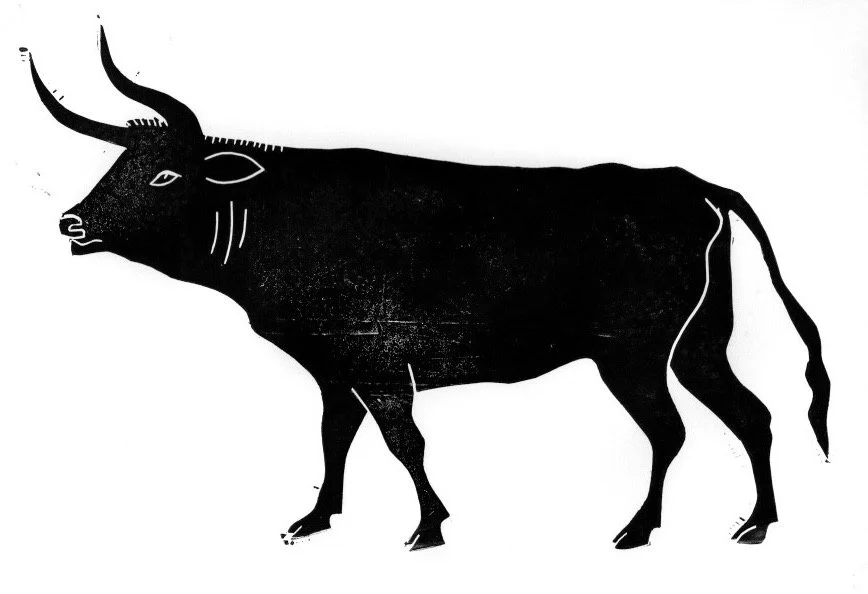-
![]()
Knockan/Elphin An Cnocan/Ail Fionn (wee hill, white stone) (back of the rock)
Knockan is the main gateway to Assynt from the south. On the crag above the township Benjamin Peach and John Horne first identified thrust tectonics. The township itself has been inhabited since Neolithic times and is home to several chambered cairns as well as the remains of a medieval keep.
Image©Julia Campbell
-
![]()
Cam Loch (crooked loch)
Visually stunning, the loch is surrounded by history from the Commonwealth war graves in the cemetery above to the medieval island keep directly below it on the island. On the far banks of the loch are remains of both Neolithic and Iron Age structures.
Photo©Gordon Brown https://creativecommons.org/licenses/by-sa/2.0/
-
![]()
Loch Awe/ Loch Abha (body of water)
On the far banks of Loch Awe is the largest Neolithic tomb in the area and on the island to the right are the remains of a crannog. These island homes may have been defensive or possibly were built on islands to maximise arable land for farming.
Photo©Sylvia Duckworth https://creativecommons.org/licenses/by-sa/2.0/
-
![]()
Inchnadamph (meadow of the stags)
Inchnadamph was historically the main township in the parish. With Ardvreck castle, the seat of the MacLeod clan just over the hill, Kirkton was the main parish church and burial grounds for the medieval family. The church today holds the Assynt archive and also features a memorial to six airmen lost nearby in World War II.
Photo©LittleDwangs https://creativecommons.org/licenses/by-sa/4.0/
-
![]()
Ardvreck / Àird Bhreac (speckled point)/ Eadar A’ Chalda - (between the wells)
Ardvreck castle was home to the MacLeods of Assynt. The castle was the site of the betrayal or capture (depending on which side you were on) of James Graham, the 1st Marquess of Montrose, during the Civil War. Nearby Calda house was built by the MacKenzies after they defeated the MacLeods in 1672 (completed 1727). Take time to explore the area for other sites of historical interest: the tacksman’s house, an old golf course, the old marble road and a Bronze Age burial.
Photo©Gordon Sleight
-
![]()
Loch Assynt /Loch Asainte
The picturesque islands had trees planted in the middle of the 19th century as part of landscaping, but look carefully beyond them to the island on the other side of the loch which boasts the remains of a 14th century keep.
Photo©Bob Jackson https://creativecommons.org/licenses/by/3.0
-
![]()
Loch na Gainmheach (loch of the sand) Wailing widow waterfall
Site of the last hanging in Assynt and a ghastly ghost story, the path up to the “wailing widow” is filled with folklore with a stunning waterfall at the far end.
Photo ©Jim Barton https://creativecommons.org/licenses/by-sa/2.0/
-
![]()
Loch a’ Chàirn Bhàin (loch of the white cairn)
The gateway to MacKay country, Loch a’ Chairn Bhain was the training ground for the second world war X-craft as well as offering spectacular views up to a site local legend says was used for hiding stolen cattle.
Photo©Trevor Rickard https://creativecommons.org/licenses/by-sa/2.0/
-
![]()
Drumbeg /Druim Beag (wee ridge)
Birthplace of Major General Jack Stewart and the “witch” Mor Bhan (Fair Sarah), the beautiful village of Drumbeg has amazing stories to tell – perhaps more famous than ever was the Drumbeg murder – which saw both the last trial where the evidence of a dream was considered valid and the last person from the parish executed.
Image©Julia Campbell
-
![]()
Clashnessie/Clais an Easaich (furrow of the waterfall)
: Imagine an Iron Age structure sitting on top of a sea cave and a blowhole with the waves crashing under your feet. On a stormy winter’s night, there can be no more frightening place.
Photo©Ulrich Hartman
-
![]()
Rubh’ an Dùnain (promontory/headland of the wee fort)
Old harbour with icehouses and just along the coast is a natural arch with the remains of an Iron Age dun on top of it.
Photo©Richard Dorrell https://creativecommons.org/licenses/by-sa/2.0/
-
![]()
Clashmore /Clais Mhòr (great furrow)
From land reform riots to a Thomas Telford designed church, Stoer and Clashmore were forefront in 19th century Assynt’s political landscape.
Image©Julia Campbell
-
![]()
Clachtoll /A’ Clach Thuill (a magic stone)
Home to Clachtoll broch, excavated in 2017, the broch burned down over 2000 years ago and is one of the best preserved examples of its type.
Image©Julia Campbell
-
![]()
Achmelvich/Achadh Melvich (Field of Melvich)
The smallest castle in Europe was built as recently as the 1950s and lies hidden just over the hillside from Achmelvich.
Photo©Tom Parnell https://creativecommons.org/licenses/by-sa/2.0/
-
![]()
Dubh Chlais - Inver Loop (dark furrow)
The cleared village of Dubh Clais is intersected by the Inver loop walk. Little more than the sheep fank remains fully intact .
Photo©Assynt Hidden Lives
-
![]()
Lochinver /Loch an Inbhir (loch of the river mouth)
The largest village in Assynt was only “created” by merging farms after the Highland Clearances, but it has a much longer history as a fishing port with herring, salmon and shellfish being harvested at least as far back as the Iron Age.
1920s Postcard courtesy John Maceod















